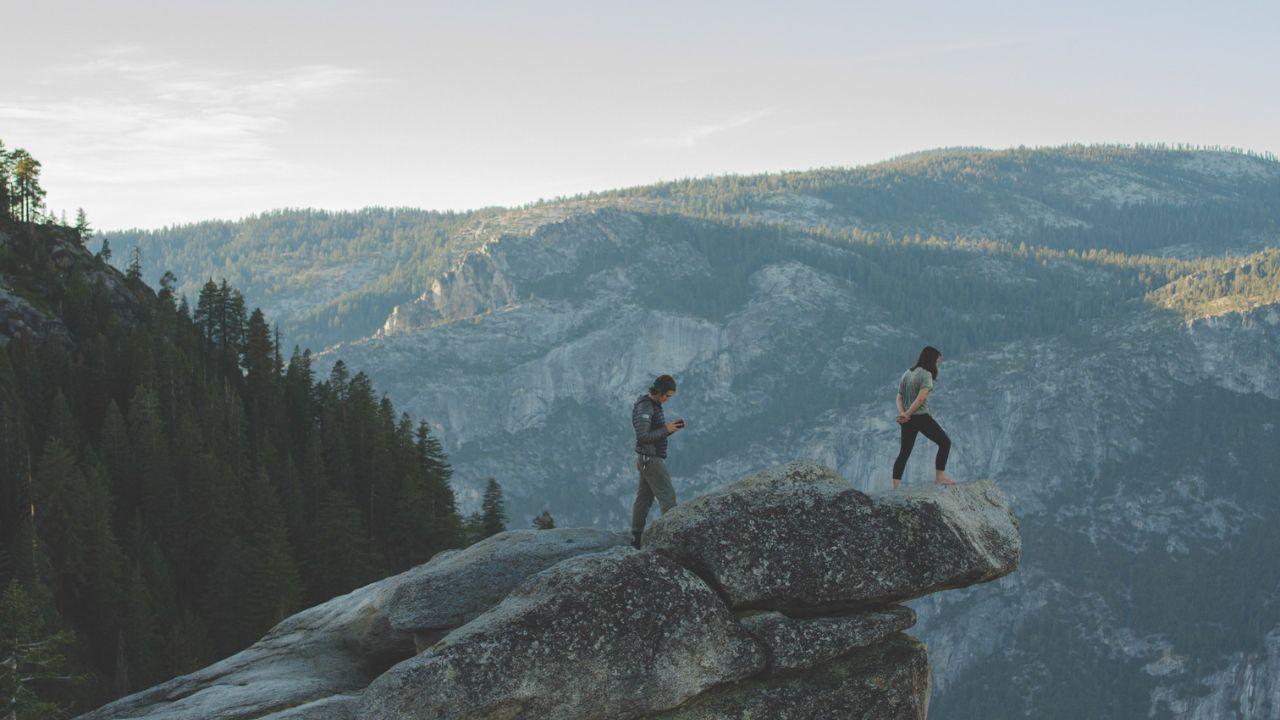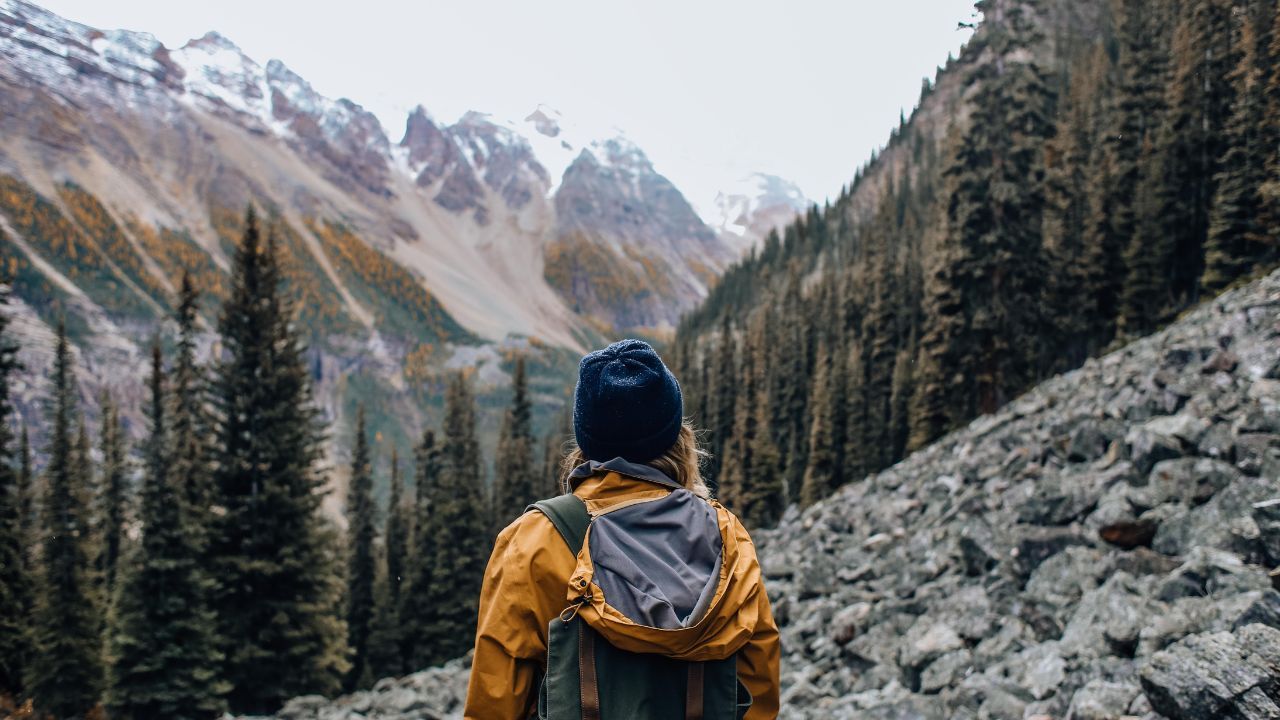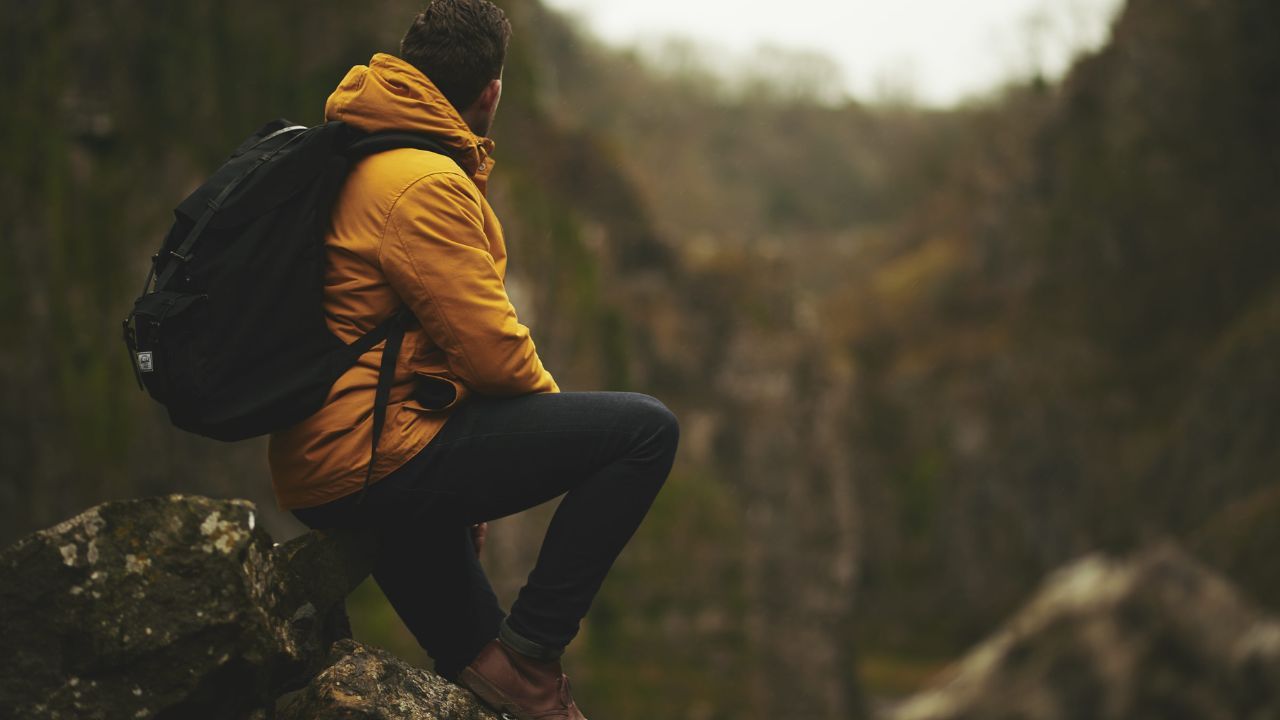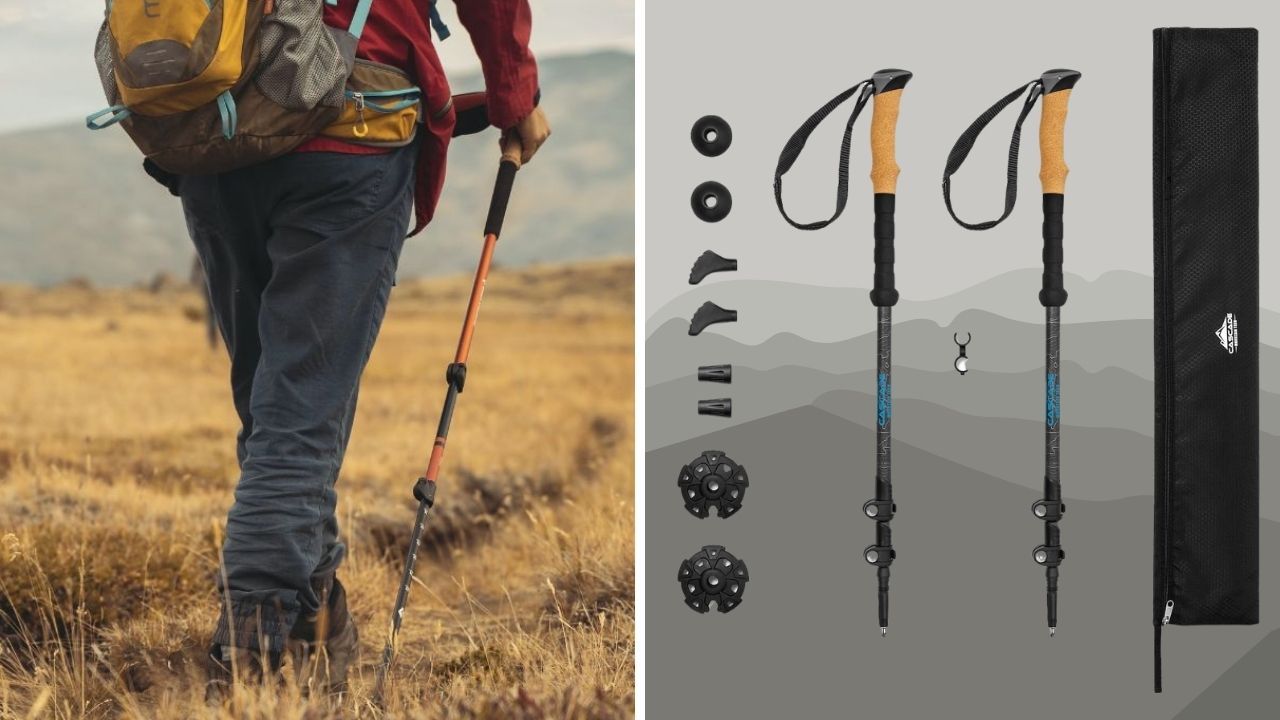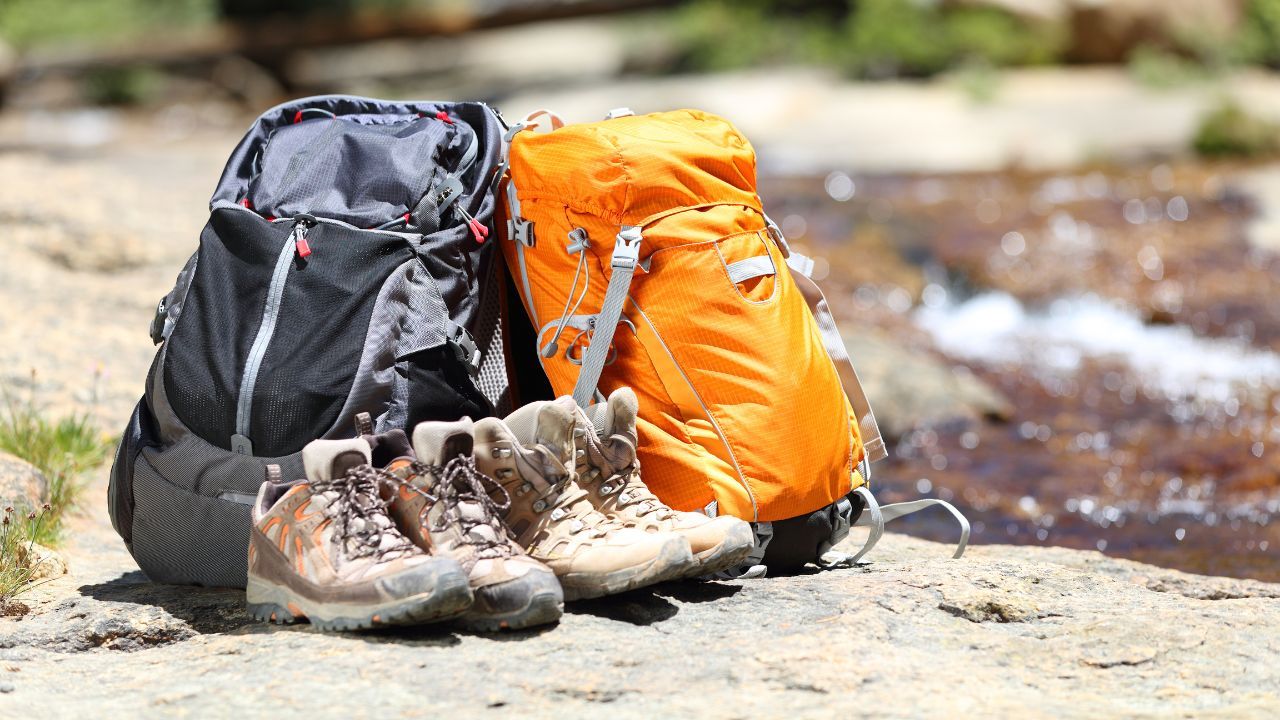
How to Pack a Hiking Backpack Without Regret
Pack smart for your next hike with this quick guide. Learn which items to bring, where to put them, and tips for optimizing weight distribution.
Planning a hiking trip can seem like an overwhelming task. You want to make sure you have everything you need and that your backpack isn't too heavy, but the sheer amount of packing involved can be daunting.
Stress no more! Too often we hear stories of hikers who are way out in the wild wishing they had packed something they forgot at home…or worse — having to carry a heavy and unbalanced backpack up a mountain with no respite. We don't want that to be you.
Don't let the daunting process of packing stop you from embarking on your hiking adventure! With our fool-proof guide to packing your backpack for a hike, you won't have to worry about forgetting anything or being weighed down by excessive baggage ever again.
Key Takeaways
- Distribute weight evenly in your backpack and keep heavy items close to your back for a stable center of gravity.
- Use compression sacks and waterproof dry bags to save space and protect belongings from getting wet.
- Adjust your backpack as needed during hikes, with the hip belt resting on the hips and shoulder straps snug but not tight.
- Tighten shoulder straps and loosen hip belt for uphill hikes and vice versa for downhill hikes.
- Bring essentials only, dispose of waste properly, and don't overpack to have a safe and enjoyable hike experience.
Preparing for the Hike
Before you start packing your backpack, it's essential to prepare for the hike itself.
Where are you hiking? For how long? What will the weather be like? What's the terrain like? These are all important factors to consider when deciding what gear to bring.
For example, you wouldn't want to bring a heavy coat on a summer hike or sandals on rocky terrain. Consider the weather forecast and the terrain you'll be hiking in, and plan accordingly. This will not only make your hike more comfortable but also safer.
Another important aspect to consider when preparing is your physical condition. Hiking requires a lot of energy and endurance, so make sure you're in good physical condition before heading out. You don't want to be caught out of breath or with a cramp in the middle of a hike.
By preparing and planning ahead of time, you'll be better equipped to pack your backpack with the necessary gear for a successful hike. In the following sections, we'll discuss what to pack and how to pack it effectively.
Choosing the Right Backpack
Choosing the right backpack is crucial to having a successful hike without hurting yourself. Imagine wearing a pair of shoes that weren't the right size or style for a long hike - you'd end up with blisters or worse, a twisted ankle.
The same applies to backpacks. You want to choose one that suits your body type, your trip's duration, and the type of terrain you plan to hike.
Types of Backpacks
There are many types of backpacks available for hikers, and each one has its unique features. Some backpacks are designed for a day hike, while others can handle a multi-day trip.
- A daypack is suitable for short trips, and it's lightweight, compact, and comfortable.
- These are much simpler to pack and there really is no right or wrong way to pack these.
- For longer overnight trips, a backpack with a larger capacity is needed.
- Look for backpacks that have features like hip belt pockets, a rain cover, water bottle pockets, multiple compartments for organization, an adjustable suspension system for a customized fit, compression straps, and a hydration system for easy drinking access.
Fitting the Backpack
Once you've chosen the right backpack, it's essential to fit it properly to your body.
- A well-fitted backpack will distribute the weight evenly and prevent back pain or strain on your shoulders.
- When fitting the backpack, make sure it's resting comfortably on your hips, with most of the weight on your lower back.
- The shoulder straps should be snug but not tight, and the sternum strap should be fastened to prevent the shoulder straps from slipping off your shoulders.
Packing the Backpack
Now that you've chosen and fitted your backpack, it's time to pack it with essential items for your trip. To start, consider the order of packing items in the backpack.
Proper Order of Packing
It's important to pack the heaviest items first, such as your sleeping bag and tent, at the bottom of the backpack. Then, pack lighter items on top of them, such as clothes, food, and other gear.
Essential Items Checklist
We've compiled a list of essential items to bring on a hike. This is not an exhaustive list, but it's a good starting point to ensure that you don't forget anything important.
- Navigation tools (map, compass, or GPS)
- Water bottle or hydration system
- Snacks and meals
- First aid kit
- Sun protection (sunscreen, hat, lip balm, and sunglasses)
- Extra layers, rain jacket (depending on the weather)
- Headlamp or flashlight
- Multi-tool or knife
- Emergency shelter (like a space blanket)
- Toilet paper
Weight Distribution
- When packing your backpack, it's important to distribute weight evenly on both sides so that you don't get off-balanced.
- Keep heavy gear, like food and cooking items, centered and close to your back to create a stable center of gravity.
- Place lighter items near the top and on the exterior pockets for easy access.
- I usually remove the tent from its bag so I can pack the rain fly, tent, and tent poles separately where they fit best.
- Use your extra clothing to pad out any empty space and help keep things from shifting around.
Tips for Packing
- When packing bulky items, like a sleeping bag or sleeping pad, consider using a compression sack/stuff sack. These will reduce the amount of space they take up in your backpack.
- Use these lightweight waterproof dry bags to keep things organized and prevent things like clothes and electronics from getting wet.
By following these packing tips, you’ll be ready to hit the trails and enjoy your hike without regretting your life choices.
Adjusting the Backpack
While hiking, it's essential to adjust your backpack periodically for maximum comfort and safety. Here are some tips on how to adjust your backpack as needed during your hike.
Importance of Adjustments
Adjusting your backpack ensures you're distributing the weight evenly and preventing injury or discomfort. As you progress through your hike, terrain, and weather conditions, you may need to adjust it for maximum comfort.
How to Make Adjustments
To adjust your backpack:
- Start by fastening and tightening the hip belt, which should be resting comfortably on your hips with most of the weight on your lower back.
- The shoulder straps should be snug but not tight, with the sternum strap fastened and positioned correctly.
- Now grab the load straps, the ones behind your head that attach to each shoulder strap, and tighten them.
- If the backpack feels too tight or too loose, make individual adjustments. Try tightening or loosening the hip belt, shoulder straps, or sternum strap as needed.
- Keep in mind that the terrain can affect how you carry your backpack. Uphill hikes will require tighter shoulder straps and a looser hip belt, while downhill hikes will require the opposite.
Bottom Line
Packing a hiking backpack isn't rocket science, but doing it correctly can make all the difference in your hiking experience.
By planning ahead and choosing the right backpack, fitting it properly, packing it effectively, and adjusting it when necessary, you'll be able to have a safe and enjoyable hike.
Remember, bring only the essentials that you need, and don't overpack. Too much weight can cause discomfort, fatigue, and even injury. Lastly, make sure to dispose of litter and waste properly to keep nature beautiful and safe.
Before You Go...
